Image of 1936 Graham Model 110, sourced from www.goodingco.com , Image Link.
Performance Metrics
Fundamental Metrics
Emotional Appeal
MMP Rating
| Engine Specifications | |
|---|---|
| Engine: | Straight-6 |
| Displacement: | 217.8 cu in (3.6 L) |
| Horsepower: | Estimated 85-90 hp |
| Torque: | Not available |
| Compression Ratio: | Not available |
| Ignition System: | Standard for the period (likely a battery, coil, and distributor system) |
| Cooling System: | Liquid-cooled |
| Performance Specifications | |
| 0-60 Time: | Not available |
| 1/4 Mile Time: | Not available |
| Top Speed: | Estimated 75-80 mph |
| Transmission and Drive | |
| Drive Type: | Rear-wheel drive |
| Transmission Type: | 3-speed manual |
| Fuel and Efficiency | |
| Fuel System Type: | Carburetor |
| MPG: | Not available |
| Dimensions and Brakes | |
| Brakes: | Mechanical drum brakes |
| Wheelbase: | 116 in (2,946 mm) |
| Weight: | Estimated 3,200 lbs |
Note: Specifications for classic cars are given to the best of our ability, considering the limited and variant data available.
Unveiling the 1936 Graham Model 110: An Art Deco Masterpiece
The 1936 Graham Model 110 stands as a testament to the innovative spirit of pre-war America, a vehicle that encapsulated the optimism and forward-thinking designs of its era. Born from the ambitious minds at Graham-Paige Motors Corporation, this automobile emerged during a time when the automotive industry was experimenting with aerodynamics and style. The Model 110 was not just a car; it was a bold statement on wheels, boasting an aesthetic that would influence designs for decades to come. One unique aspect of this vehicle's history is its pioneering use of the 'banjo' steering wheel, a feature that would become iconic in later automotive designs.
Design and Innovation: A Vision of the Future
The exterior of the Graham Model 110 was nothing short of revolutionary. Its sleek lines and streamlined bodywork were inspired by the Art Deco movement, which championed symmetry and geometric patterns. The car's chrome accents and pronounced fenders gave it an air of elegance and power. Inside, passengers were treated to an opulent experience with high-quality fabrics and an attention to detail that spoke of luxury. The dashboard was an exercise in craftsmanship, featuring elegant gauges and controls that were ahead of their time.
Technologically, the Model 110 introduced features such as an overdrive transmission system, which was a rarity in those days. Color options ranged from deep maroons to soft blues, with the darker hues being particularly popular among buyers. The sedan body style was highly sought after for its combination of form and function, offering both beauty and practicality.
Historical Significance: Setting the Pace for Automotive Excellence
The Graham Model 110 didn't just turn heads; it turned the tide for automotive design. Its emphasis on aerodynamics paved the way for future vehicles to prioritize efficiency alongside aesthetics. At a time when most cars were boxy and utilitarian, the Model 110 broke the mold and set new standards for what a car could be.
Performance and Handling: Graceful Power
Underneath its stunning exterior, the Graham Model 110 was capable of impressive performance for its time. While exact figures have been lost to history, anecdotal evidence suggests that its top speed and acceleration were competitive with other luxury vehicles of the era. Drivers reported a smooth ride, with handling that made navigating winding roads or uneven terrain seem effortless. The engine's purr was music to enthusiasts' ears—a reminder that they were at the helm of mechanical excellence.
Ownership Experience: More Than Just Transportation
The Graham Model 110 was more than just a means to get from point A to point B; it was an experience in itself. Owners often used their vehicles for leisurely Sunday drives or as stylish accompaniments to high-society events. Maintenance required a dedicated owner, as parts could be scarce, but those who took up the challenge found it rewarding. The car's reliability stood out in an age where frequent repairs were common.
Fun Facts: A Car with Stories to Tell
The Graham Model 110 has been associated with various notable figures throughout history, adding to its allure as a collector's piece. While not known for breaking speed records, it held its own in terms of sales and endurance during its production years. Critics often pointed out its unconventional looks, but what some saw as peculiarities others viewed as visionary design choices.
Collector's Information: A Coveted Classic
Today, finding a 1936 Graham Model 110 can be akin to uncovering hidden treasure. With production numbers estimated in the low thousands, each surviving example is highly prized by collectors. Values range significantly based on condition and originality, but one could expect to see prices anywhere from $30,000 to well over $100,000 at auction for pristine models. As appreciation for pre-war classics grows, so too does the value of these remarkable vehicles.
Conclusion: A Legacy Cemented in Steel
The 1936 Graham Model 110 is more than just another classic car—it is a rolling piece of art that embodies the spirit of innovation and luxury from a bygone era. Its influence on design and technology can still be felt today in modern vehicles that prioritize sleek lines and advanced features. For those lucky enough to own one or simply behold one at a show or museum, the Graham Model 110 remains an enduring symbol of automotive history's golden age.
1936 Graham Model 110 Catalog of Parts
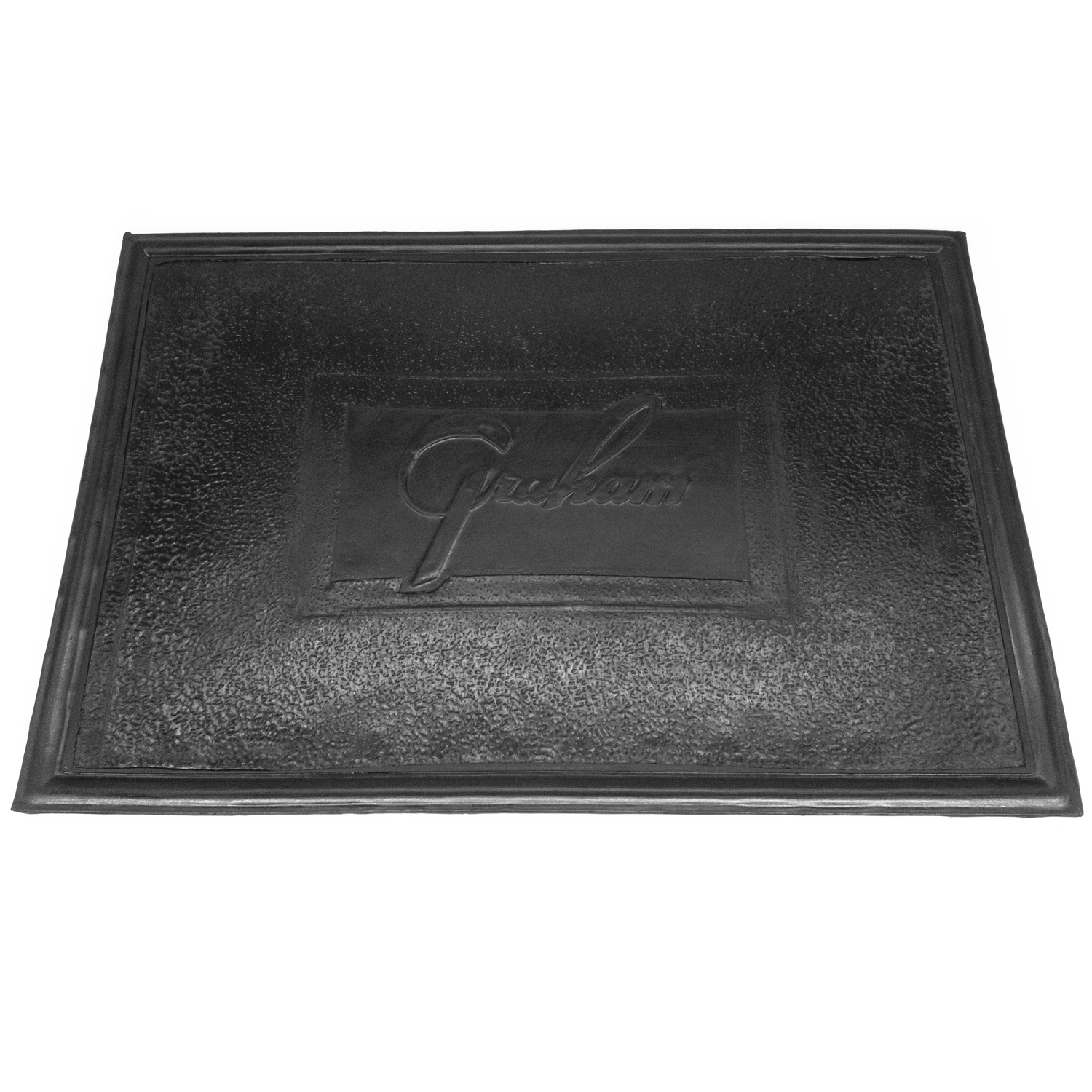 1936 Graham Model 110 Accessory Floor Mat - 12"X17"-AC 12Accessory Floor Mat - made of high quality black rubber with molded original emblem. Also designed to be sewn into new carpets. 12"X17", Each
1936 Graham Model 110 Accessory Floor Mat - 12"X17"-AC 12Accessory Floor Mat - made of high quality black rubber with molded original emblem. Also designed to be sewn into new carpets. 12"X17", Each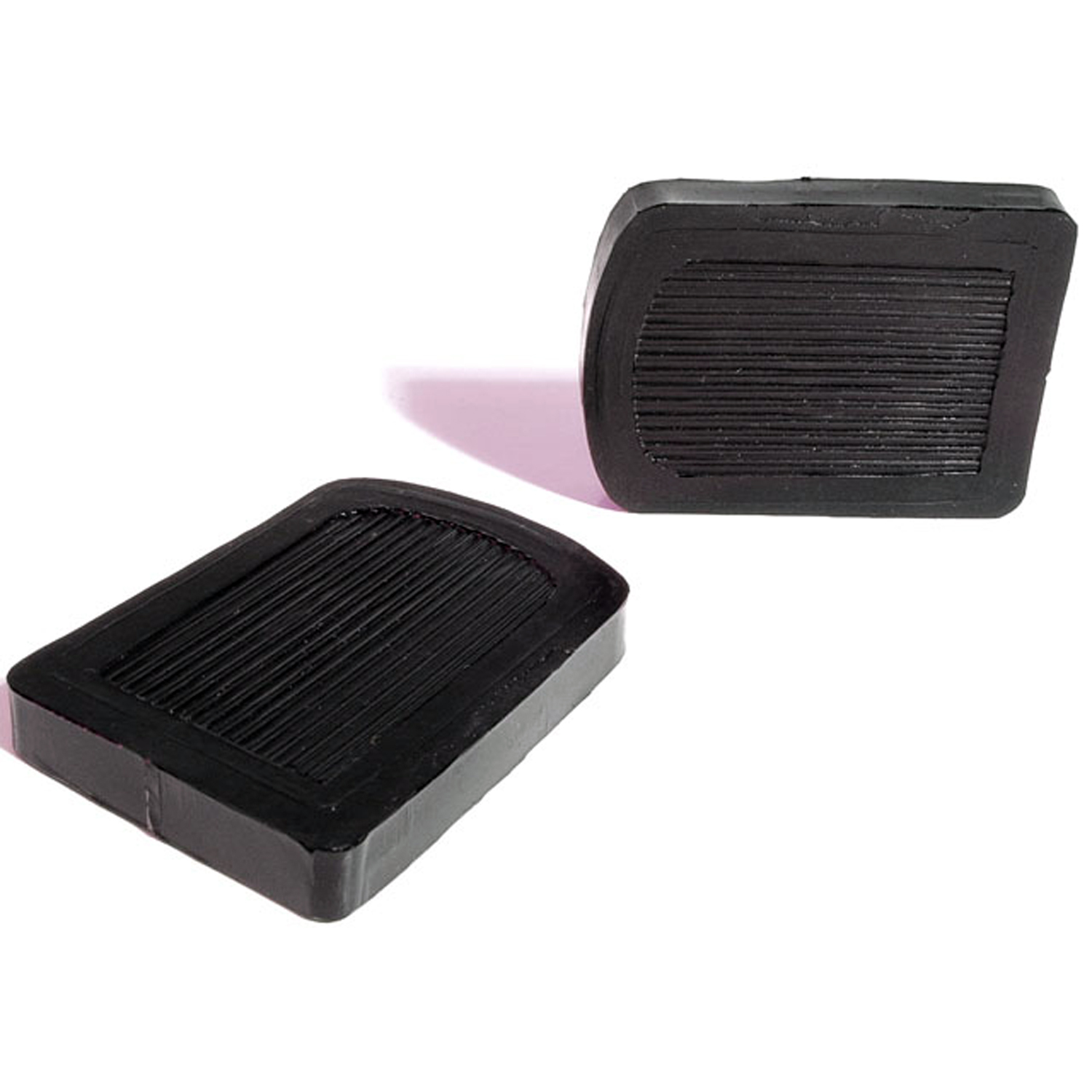 1936 Graham Model 110 Clutch and Brake Pedal Pads. 2-5/8" wide X 3-5/8" long-CB 25Clutch and Brake Pedal Pads. 2-5/8" wide X 3-5/8" long. Pair
1936 Graham Model 110 Clutch and Brake Pedal Pads. 2-5/8" wide X 3-5/8" long-CB 25Clutch and Brake Pedal Pads. 2-5/8" wide X 3-5/8" long. Pair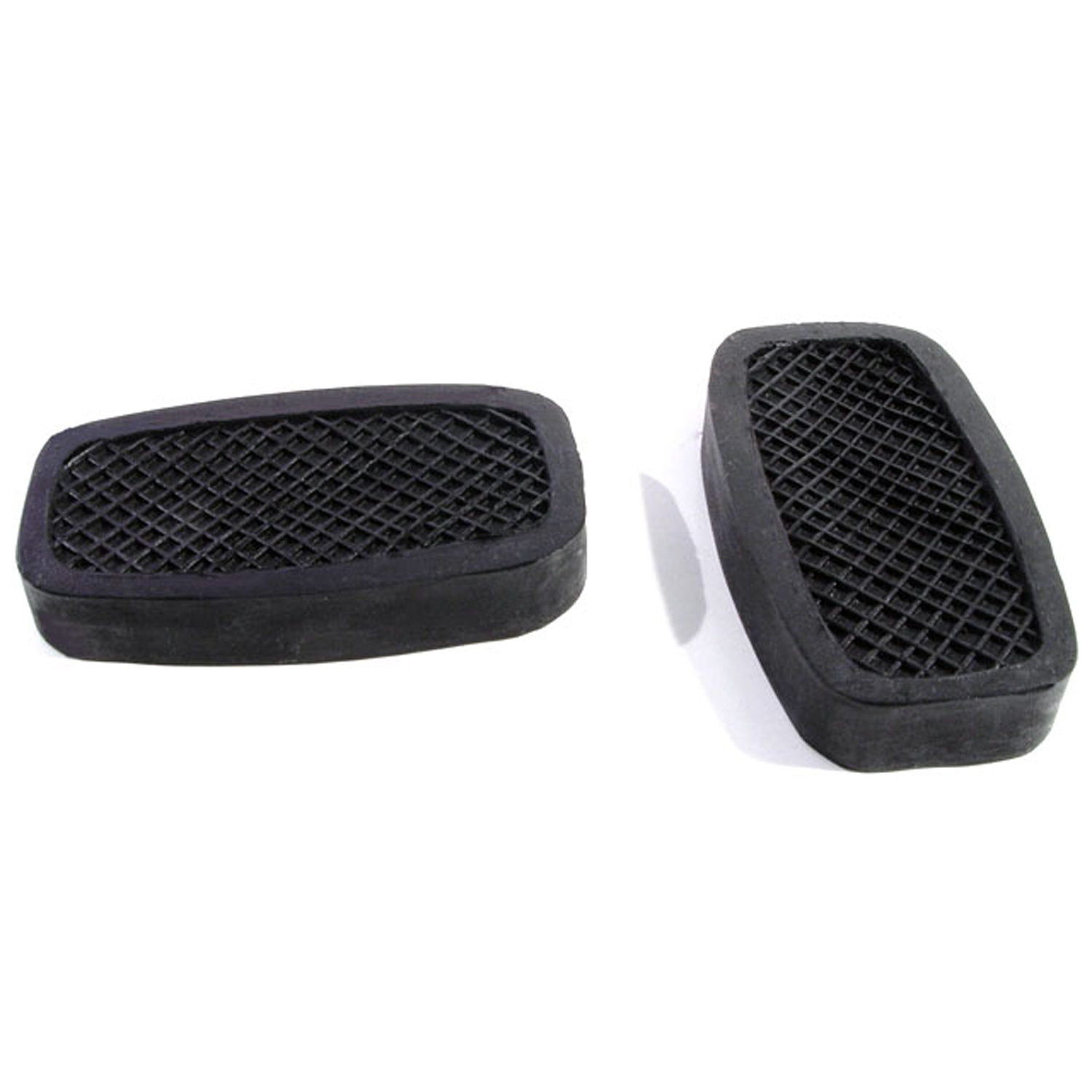 1936 Graham Model 110 Clutch and Brake Pedal Pads. 2" wide X 3-5/8" long. Pair-CB 46Clutch and Brake Pedal Pads. 2" wide X 3-5/8" long. Pair
1936 Graham Model 110 Clutch and Brake Pedal Pads. 2" wide X 3-5/8" long. Pair-CB 46Clutch and Brake Pedal Pads. 2" wide X 3-5/8" long. Pair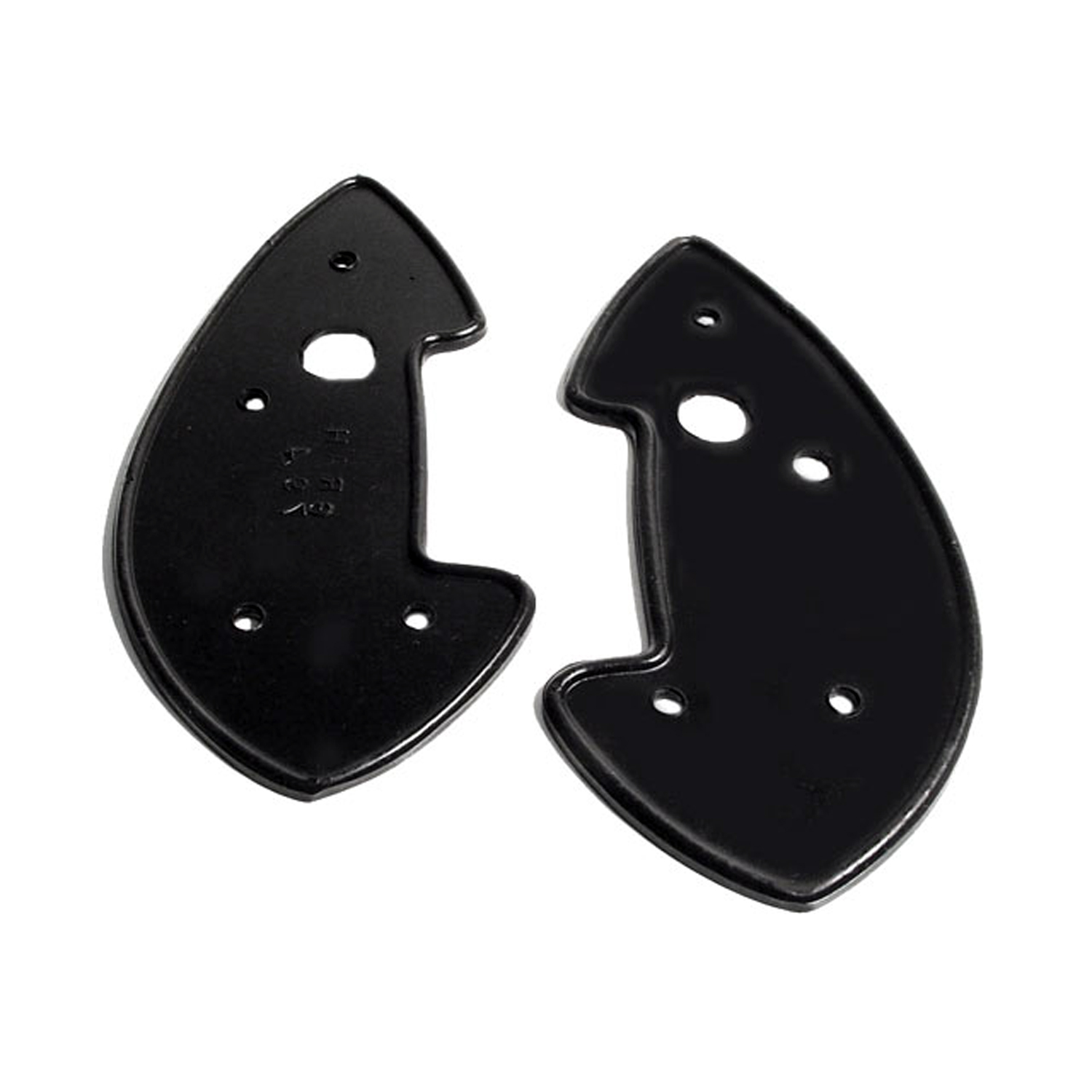 1936 Graham Model 110 Headlight Pads. 3-3/4" wide X 8-1/4" long. Pair R&L-MP 794Headlight Pads. 3-3/4" wide X 8-1/4" long. Pair R&L
1936 Graham Model 110 Headlight Pads. 3-3/4" wide X 8-1/4" long. Pair R&L-MP 794Headlight Pads. 3-3/4" wide X 8-1/4" long. Pair R&L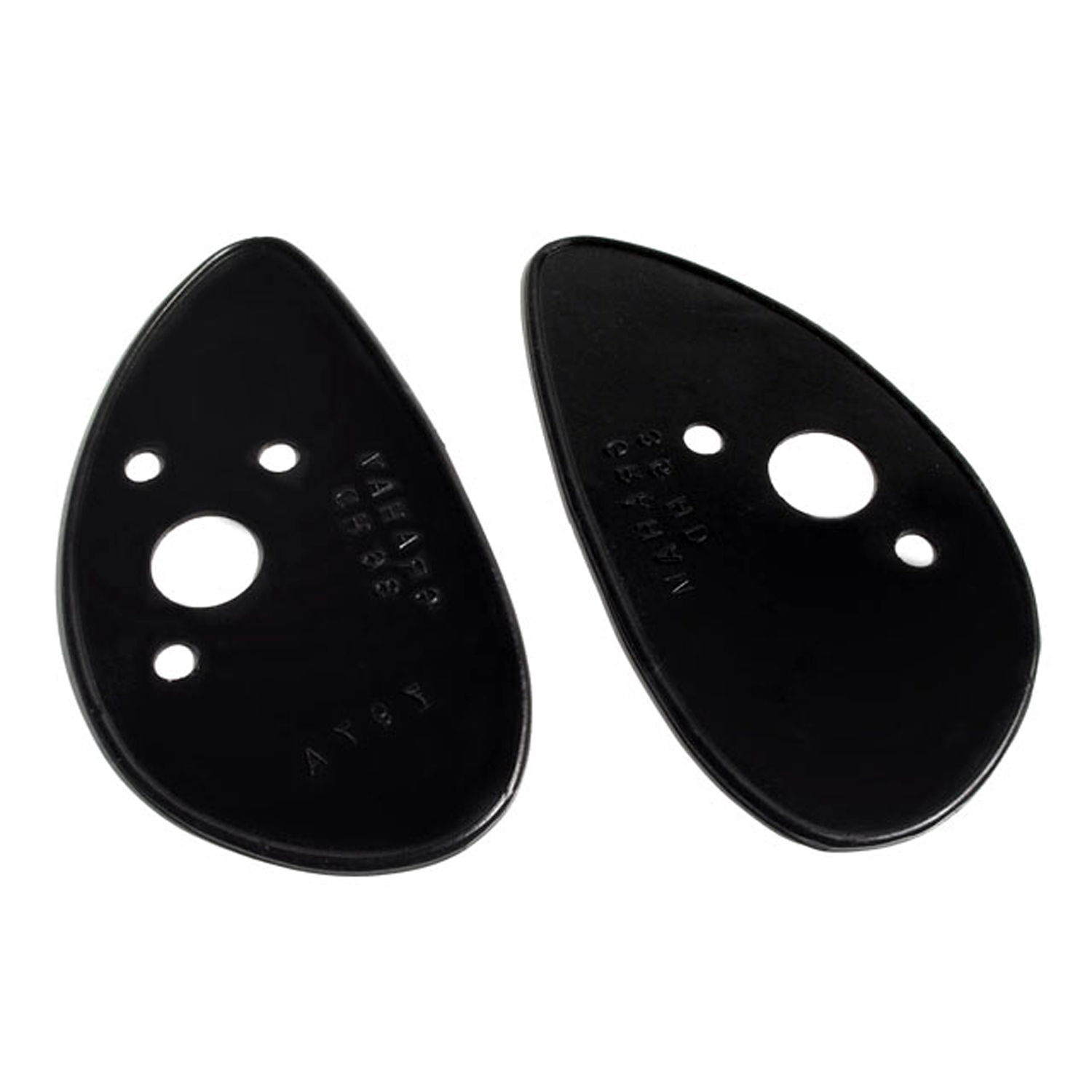 1936 Graham Model 110 Headlight Pads. 3-3/4" wide X 7-1/4" long. Pair R&L-MP 797-AHeadlight Pads. 3-3/4" wide X 7-1/4" long. Pair R&L
1936 Graham Model 110 Headlight Pads. 3-3/4" wide X 7-1/4" long. Pair R&L-MP 797-AHeadlight Pads. 3-3/4" wide X 7-1/4" long. Pair R&L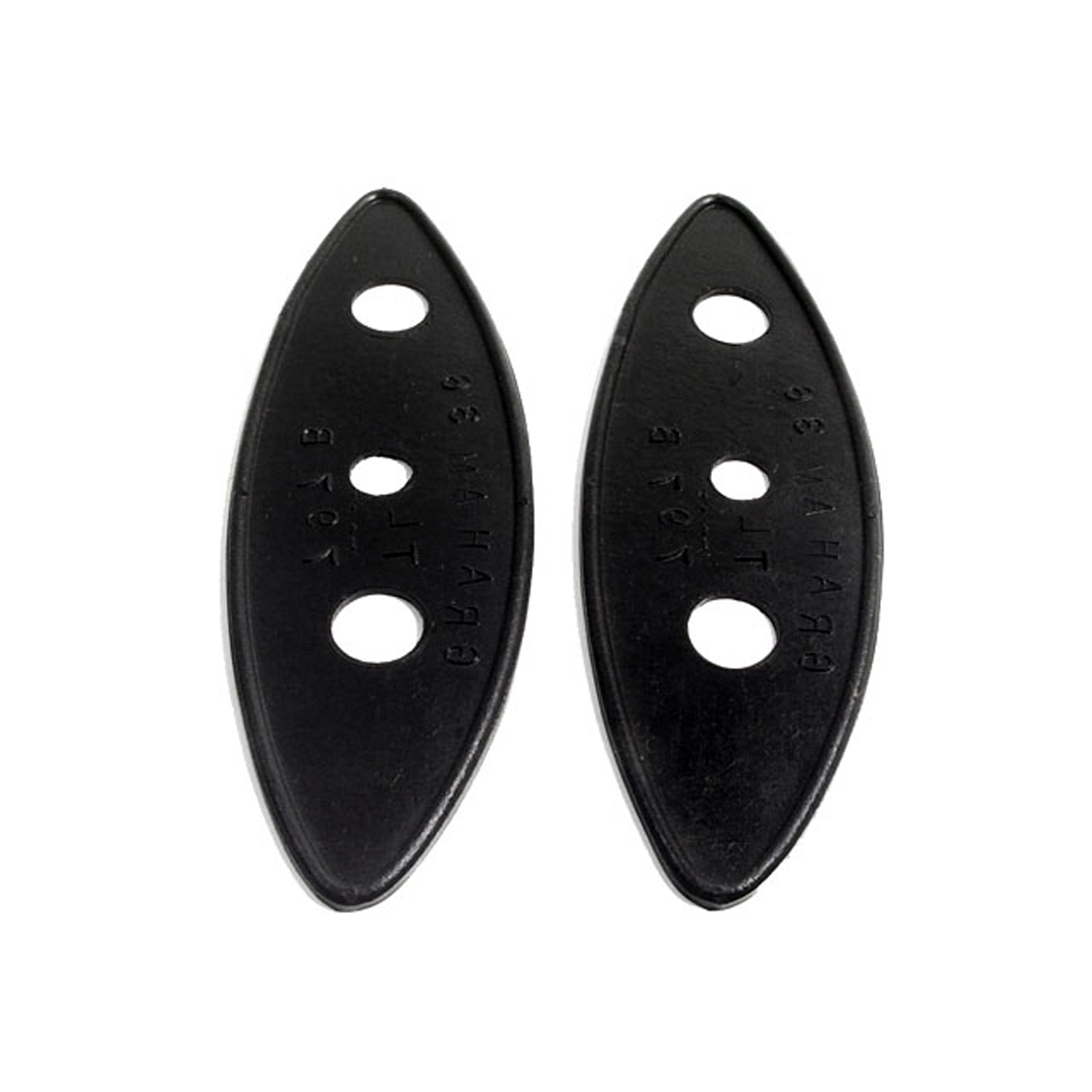 1936 Graham Model 110 Tail-light Pads. 2-1/8" wide X 6-1/4" long. Pair-MP 797-BTail-light Pads. 2-1/8" wide X 6-1/4" long. Pair
1936 Graham Model 110 Tail-light Pads. 2-1/8" wide X 6-1/4" long. Pair-MP 797-BTail-light Pads. 2-1/8" wide X 6-1/4" long. PairWhy Choose Metro?
For over 100 years, Metro Moulded Parts has been the pinnacle of quality in classic car restoration parts. Our commitment to precision and authenticity in every component ensures a perfect fit and an OEM-level appearance.
- Expert Craftsmanship & Quality: Each part is a testament to our dedication to reliability and perfection, crafted from original designs and thoroughly tested.
- Advanced Technology: We use cutting-edge techniques to create flawless, long-lasting parts that surpass others in performance.
- SuperSoft Sponge – The Ultimate Door Seal: Not only are our door seals 30% softer than competitors', but they're also guaranteed to never leak. They effectively reduce wind and road noise, enhancing your classic car's comfort and driving experience.
- Proudly American: Our parts are a product of American craftsmanship, made in the USA with a spirit of excellence and heritage.
- Unrivaled Warranty: We back our products with a 30-year industry-leading warranty, a testament to our confidence in their quality.
Join us in preserving the legacy of classic cars with parts that are crafted for perfection, not just made.

